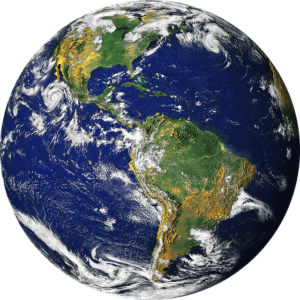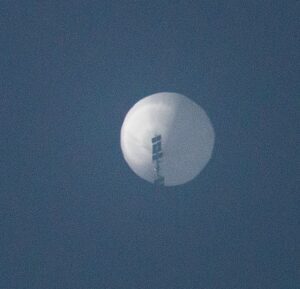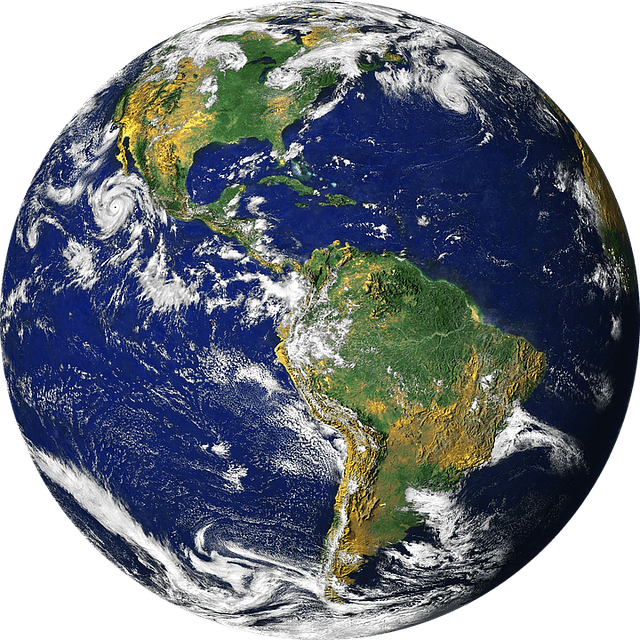 As geopolitical tensions escalate and natural disasters become more frequent than ever, drones are increasingly being used as diplomatic tools. Deploying drones for mapping and delivery after a natural disaster is commonly accepted as a much-needed aid, but can the same deployment be used later for surveillance and intelligence gathering? , will drones become a less intrusive means of data collection, or a threat to the sovereignty of individual countries?
As geopolitical tensions escalate and natural disasters become more frequent than ever, drones are increasingly being used as diplomatic tools. Deploying drones for mapping and delivery after a natural disaster is commonly accepted as a much-needed aid, but can the same deployment be used later for surveillance and intelligence gathering? , will drones become a less intrusive means of data collection, or a threat to the sovereignty of individual countries?
Small unmanned aerial vehicles themselves provide a new means of international diplomacy. The donation of commercial drones to Ukraine has become a way of providing military support and aid without directly providing weapons, a more neutral position for global companies and nations.
 International espionage is nothing new. But drones have made intelligence gathering safer, more effective, and more sophisticated. When military drones are deployed in international airspace, the objectives are clear and the aircraft are visible, but no lives are lost if the drone is shot down. When a foreign “reconnaissance balloon” is deployed over North America, the incident causes chaos and condemnation, but the personnel are unharmed when the balloon is neutralized.
International espionage is nothing new. But drones have made intelligence gathering safer, more effective, and more sophisticated. When military drones are deployed in international airspace, the objectives are clear and the aircraft are visible, but no lives are lost if the drone is shot down. When a foreign “reconnaissance balloon” is deployed over North America, the incident causes chaos and condemnation, but the personnel are unharmed when the balloon is neutralized.
Here, Vincent Pedrini of Nomoko, a digital twin and 3D modeling software, comments on the need for research, policy and regulation on how drones will transform diplomacy and international relations.
Guest comment below Vincent PedriniCo-founder and CFO of wild mother and child, President of the Luxembourg Drone Federation. DRONELIFE does not make or receive payments for guest posts.
Drone diplomacy: more than spy balloons
Drones are a very useful tool in foreign and domestic diplomatic relations. The United States, China, and Israel all use drones to carry out diplomatic missions, distribute much-needed aid, and gather intelligence on enemy nations. Drone diplomacy can be an effective tool for such missions, as it allows countries to send representatives and humanitarian aid to places they would otherwise be inaccessible and collect information without endangering human life.
But this raises questions about sovereignty, privacy and security. Some critics argue that using drones for diplomatic purposes could be considered an act of aggression and heighten tensions between nations. Proponents suggest it could be a useful tool for conflict resolution, as it would allow states to monitor and respond to situations without the need for military or human intervention. Drone diplomacy can also be used for humanitarian missions to reach areas that are difficult to reach by traditional means, such as war-torn areas or areas affected by natural disasters. In such scenarios, drones are used to map hard-to-reach areas, especially after natural disasters. This will help organize international assistance and help prioritize and expedite response work (rapid assessment of damage, identification of critical needs, mapping, etc.). access routes, search and rescue operations, monitoring, progress assessment).
The effective use of drones in diplomatic relations has the potential to change the way nations interact, as it enables more efficient and less risky methods of both communication and dispute resolution. As the use of drones in diplomacy continues to grow, it is critical that countries develop international regulations and take action to ensure responsible use.
